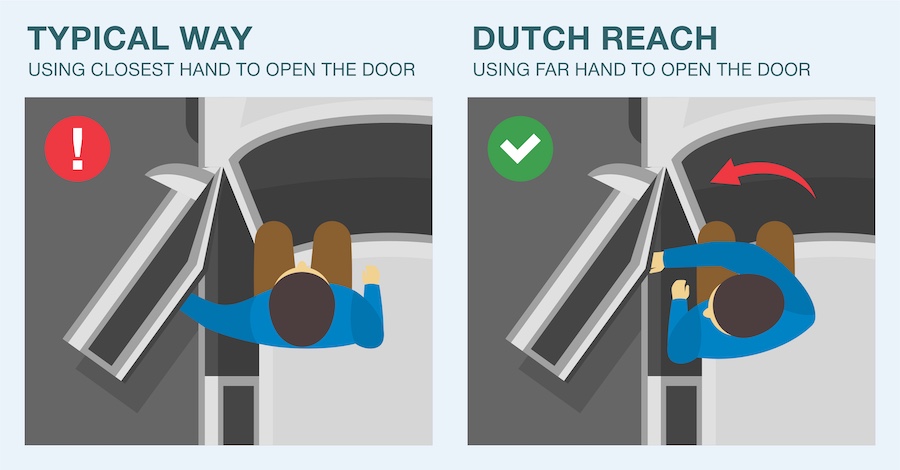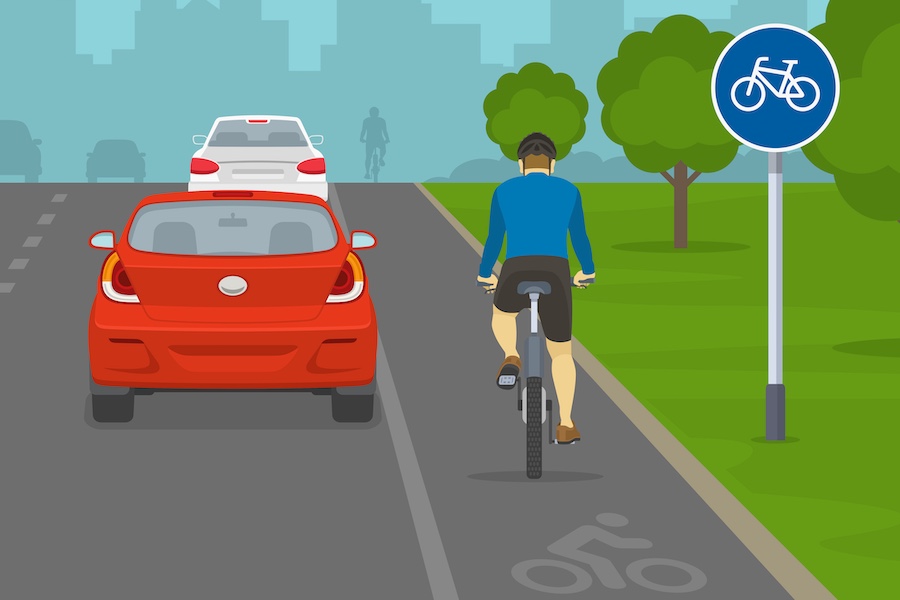As the school year winds down and sunny days become the norm, more and more bicyclists are hitting the roads, sidewalks, and trails across Eastern Connecticut. Whether it’s kids cruising to the park, commuters trading four wheels for two, or families out for a weekend ride, bicycles are a big part of our summer streetscape. That’s why it’s so important—for both cyclists and drivers—to brush up on bike safety.
At Uncas Health District, we want everyone to enjoy the benefits of biking while staying safe and aware. Here’s how to help make that happen.
For Bicyclists: Safety Starts with You
Wear a Helmet
It might seem obvious, but it’s worth repeating: a properly fitted helmet can reduce the risk of head injury by nearly 60%. Always buckle up, even on short rides.
Be Visible, Be Predictable
Wear bright or reflective clothing, especially if riding near dawn or dusk. Equip your bike with front and rear lights, reflectors, and a bell to make your presence known.
Ride Where It’s Safe
Use bike lanes or multi-use paths whenever available. If you’re on the road, ride with the flow of traffic, not against it. Stay off sidewalks where local laws prohibit biking.
Follow the Rules of the Road
Stop at all traffic signs and signals, use hand signals to show turns or stops, and be mindful of your surroundings. Treat your bike like any other vehicle on the road.
For Drivers: You’re Sharing the Road
Stay Alert
More bikes on the road means more reason to stay focused. Put down distractions and watch for cyclists—especially near schools, parks, and residential neighborhoods.
Give Space
When passing a cyclist, give at least three feet of clearance. If the road is narrow or visibility is poor, wait until it’s safe to pass—rushing could cost a life.
Check Before You Turn or Open a Door
Always look for cyclists before turning, especially at intersections or driveways. And if you’re parked on the street, use the “Dutch Reach” technique—opening your car door with your far hand to prompt a look back for approaching bikers.

Be Patient and Kind
Cyclists have the same rights and responsibilities as drivers. A little patience goes a long way toward creating a safer, more respectful road environment for everyone.
Learn More and Ride Smart
The National Highway Traffic Safety Administration (NHTSA) offers a wealth of information about bicycle safety for riders and motorists alike. Visit nhtsa.gov/road-safety/bicycle-safety to explore safety tips, helmet fitting guides, and more.
Whether you’re behind the wheel or behind the handlebars, safety is a shared responsibility. This summer, let’s make our roads safer and more welcoming for everyone. Ride safe, drive smart — and enjoy the season.

